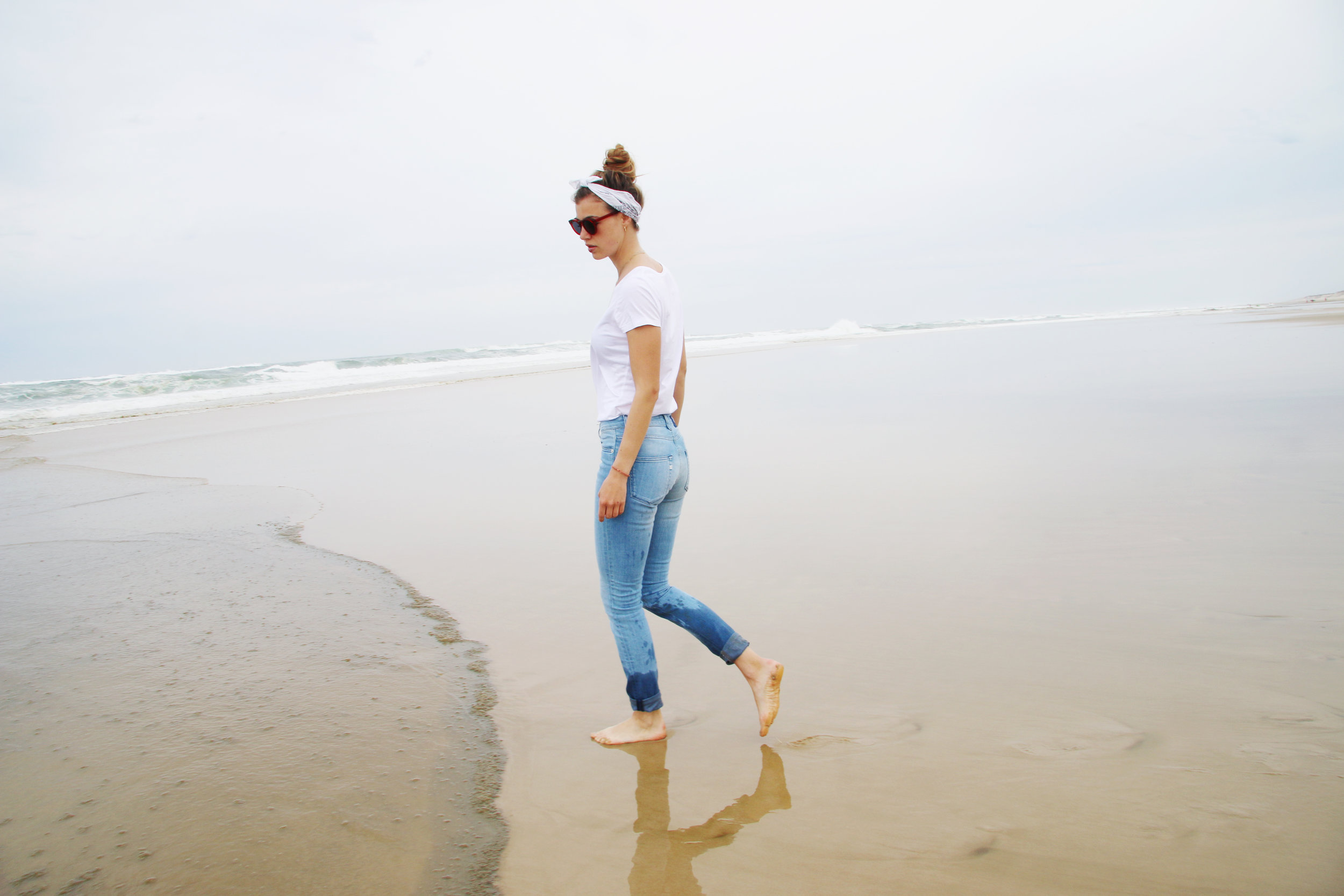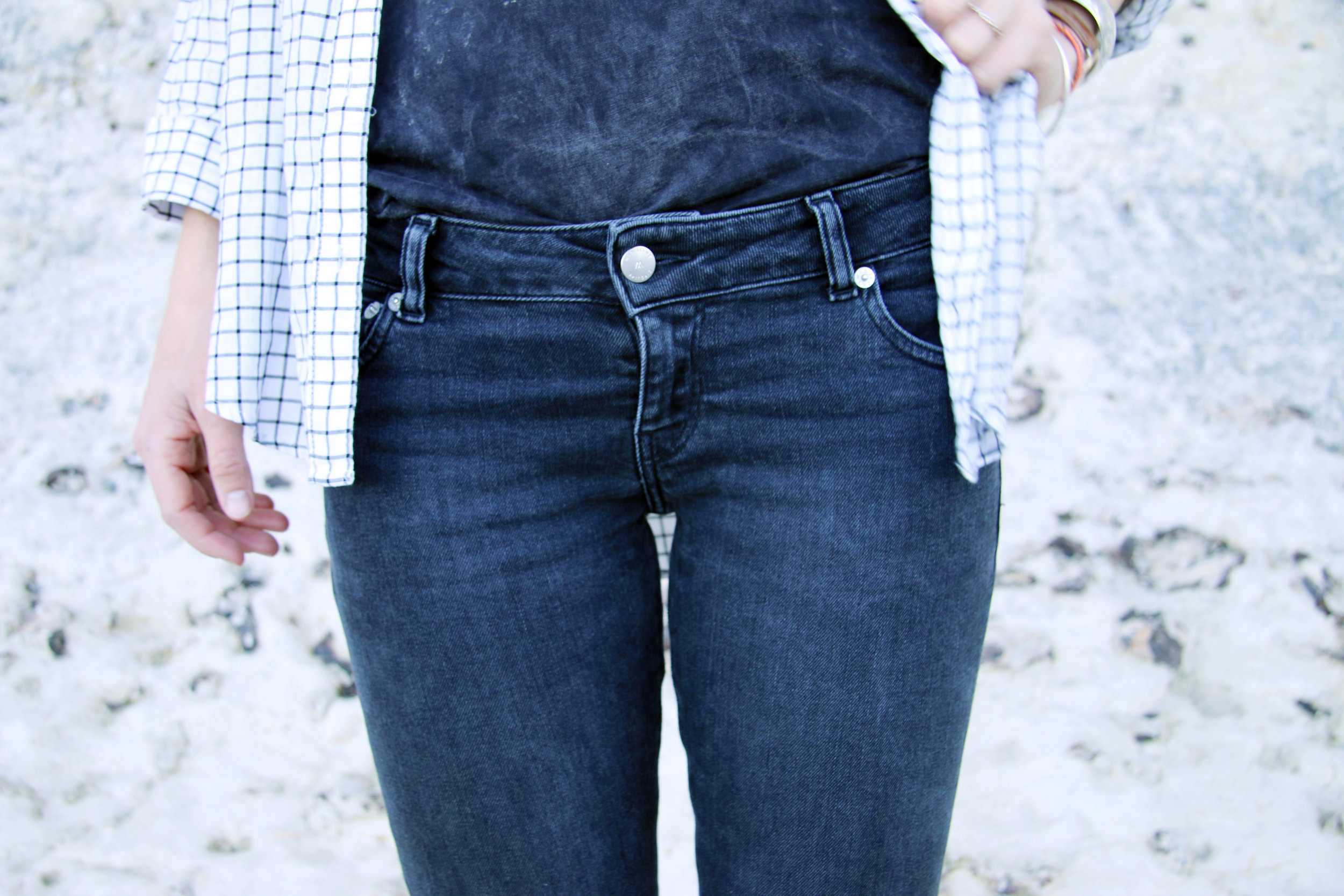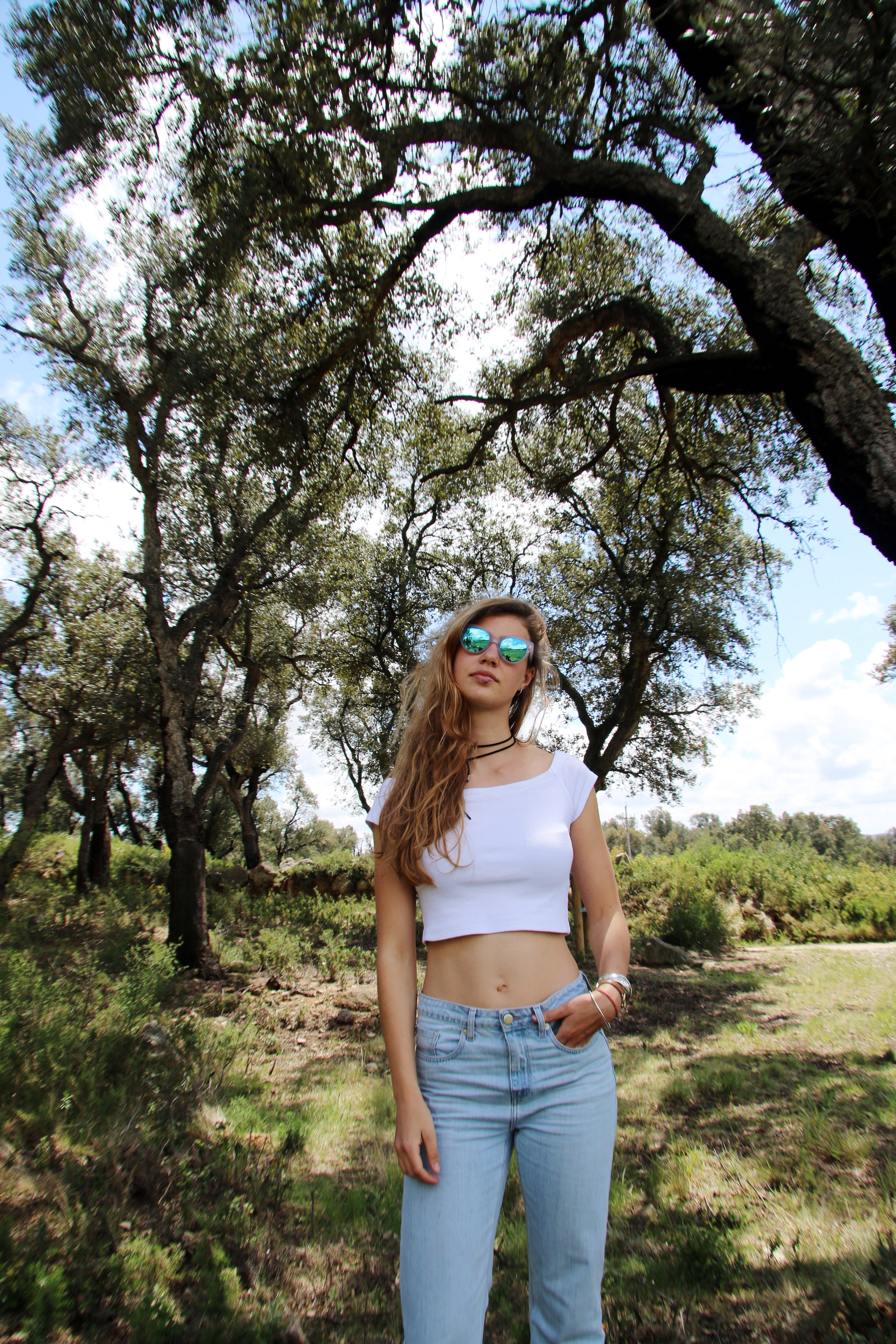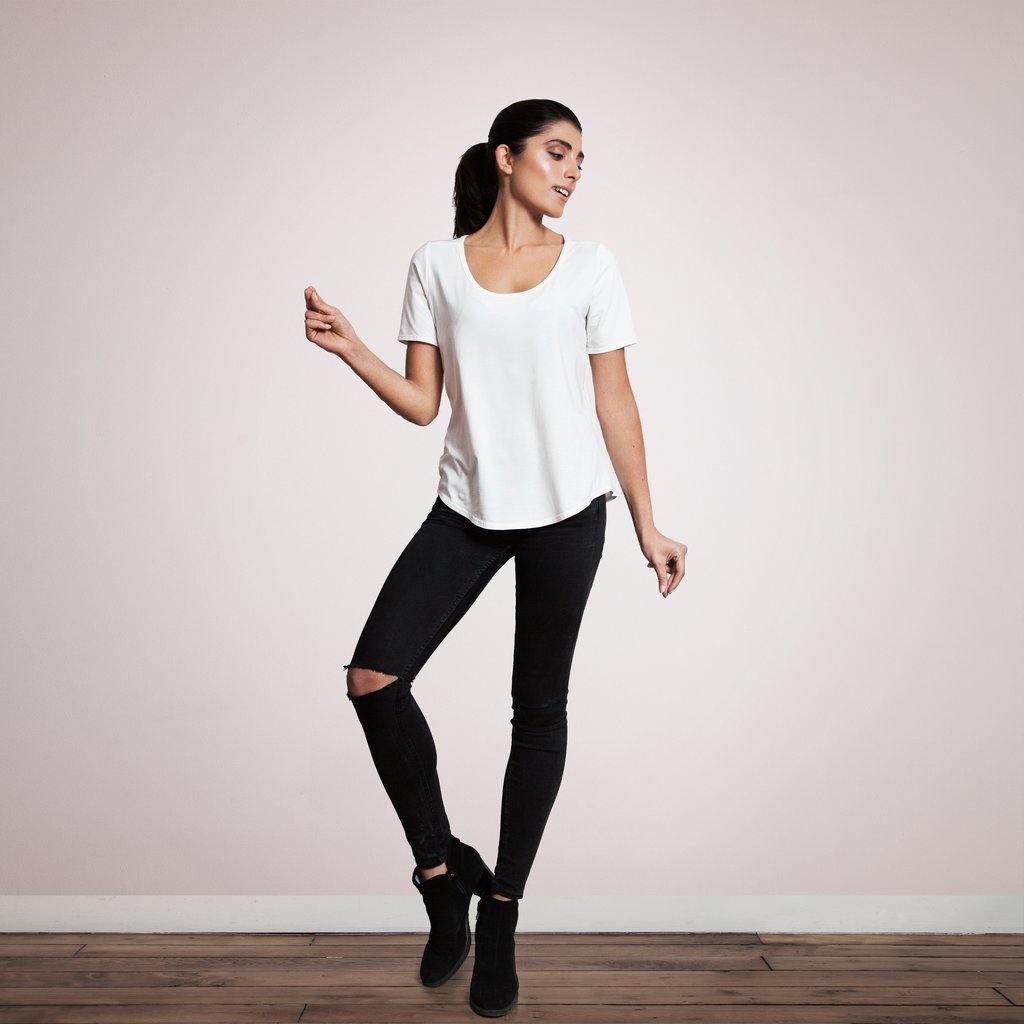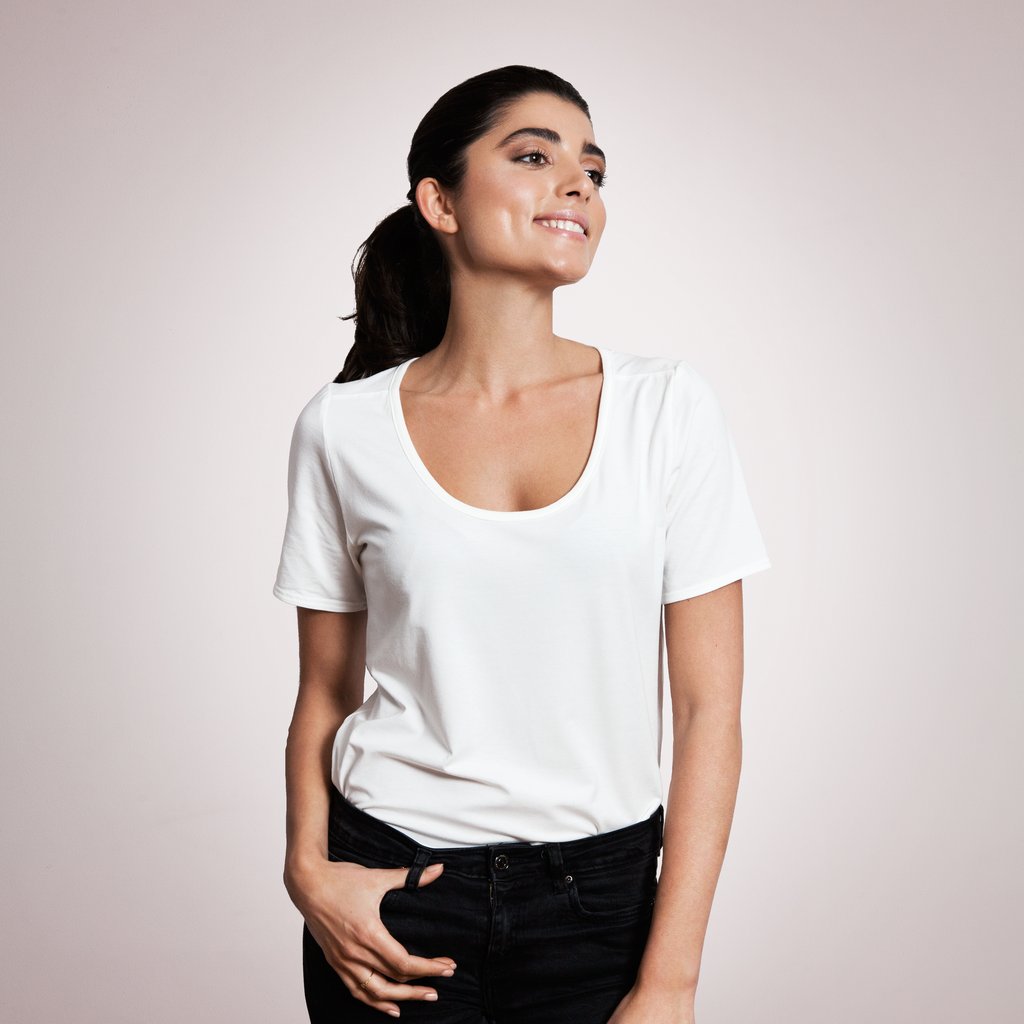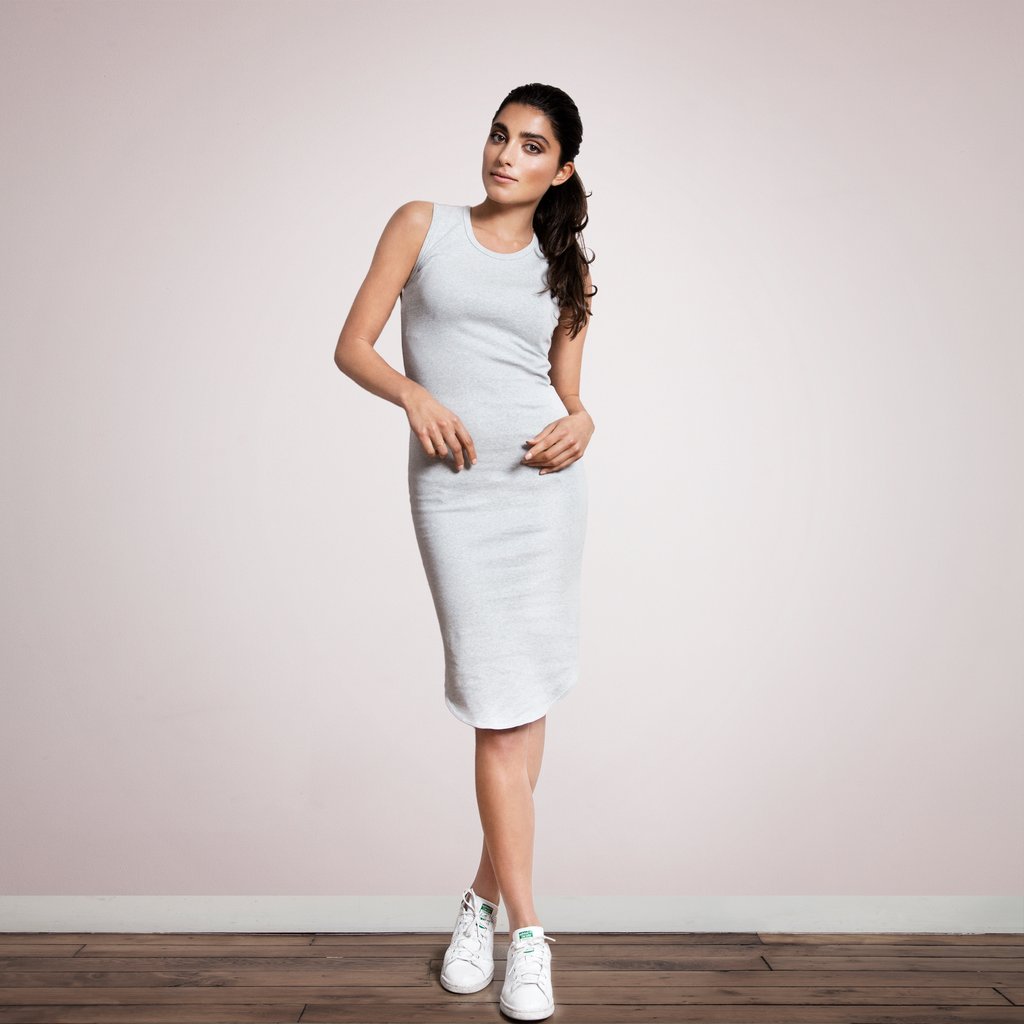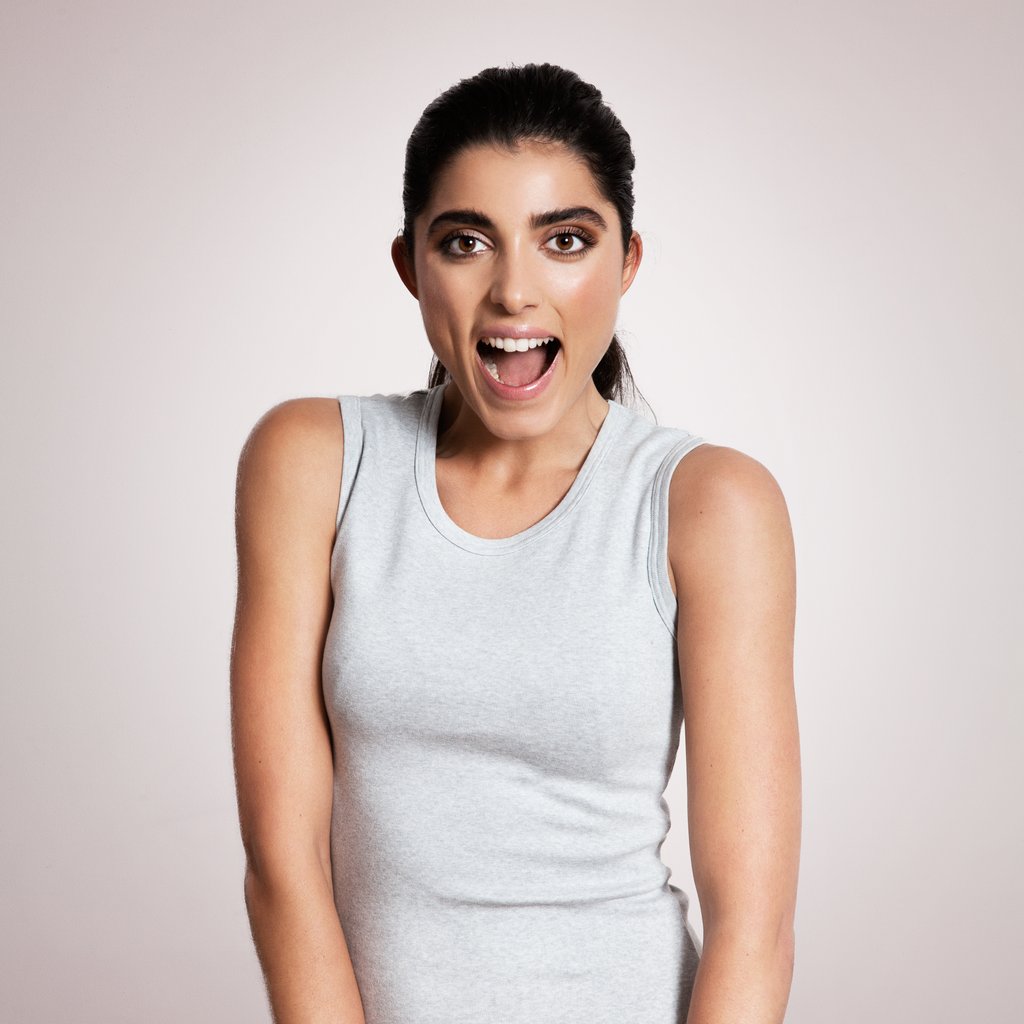Artisanal producer of green cosmetics, Evolve Beauty from Hertfordshire, UK, shares their expertise on the benefits of hand-crafted, natural beauty blends. Their organic apothecary range so far consists of facial, body and hair products. All their products are vegan, cruelty-free and produced in small batches, to ensure the freshness of superfood based ingredients.
Savant tested their most popular products — Hyaluronic Serum 200 and Daily Renew Facial Cream with Argan oil for a week. The delicate pomegranate-infused serum with rose petal scent gave our skin a nice healthy glow and repaired the skin’s uneven surfaces when applied overnight. The Daily Renew cream, scented with delicate coconut aroma, offers 24-hour protection against irritation and is perfect for preparing the skin for winter, when it is more receptive to dryness and eczema.
What are the benefits of organic facial oils and serums?
Using Organic skincare is highly recommended. Not only are organic products better for the environment, containing no nasty ingredients or synthetic fragrances, but they are more earth-friendly and truly repairing your skin texture. Synthetic ingredients can cause irritation and, ultimately, ageing of the skin (inflamm-ageing).
What's the most popular product out of your own range?
Our most popular facial product is the Hyaluronic Serum 200. It contains 200mg of low molecular weight Hyaluronic Acid which has the ability to retain 1000 times its weight in water. It also contains Organic Pomegranate extract, which softens and protects. It has been delicately fragranced with organic rosewater.
What could be the reason behind our beauty counters turning more organic and fuss-free? Why do we now care about what we put on our faces as much as we care about what goes into our bodies?
Same as above really — fuss-free cosmetics give therapeutic and more effective results. Customers are becoming more and more aware of the effect of synthetic ingredients in they beauty products and are therefore turning to organic en masse…
"Plants that survive in very harsh environments have developed special coping mechanisms — think about the rainforest, where it’s very hot and humid… perfect place for bacteria to grow! Some rainforest plants have the ability to fight off bacteria when applied to the skin."
Name your other organic go-to products and brands that deserve a shoutout.
This is slightly biased, but I’ll say S5 Skincare! S5 is a range of organic cosmeceutical products based on ingredients sourced from the 5 most extreme ecosystems. Plants that survive in very harsh environments have developed special coping mechanisms — think about the rainforest, where it’s very hot and humid… perfect place for bacteria to grow! Some rainforest plants have the ability to fight off bacteria when applied to the skin. Fascinating!
Besides beauty, what other 'green lifestyle' principles are represented in your everyday life?
100% organic food! Also, cleansing products that are as natural as possible.
How did you do the testing and find out which combinations would actually work together?
We work in very close collaboration with our ingredient suppliers, who advise us on formulation. Our little lab is also excellent at coming up with trump formulations! We are also running customer surveys to ask our customers, what they feel is missing from the range, and what they would like to see launched.
Who is the target audience for green beauty?
Anyone and everyone. I see more people, who were accustomed to using only conventional skincare, now slowly turning to natural and organic, so we see everyone as a potential customer.
The beauty of the healing effect of organic beauty is that, in order to see the difference, you need to religiously apply the products every day, but after noticing the visible, lasting results that help us feel good in our own skin, this becomes a second nature.





